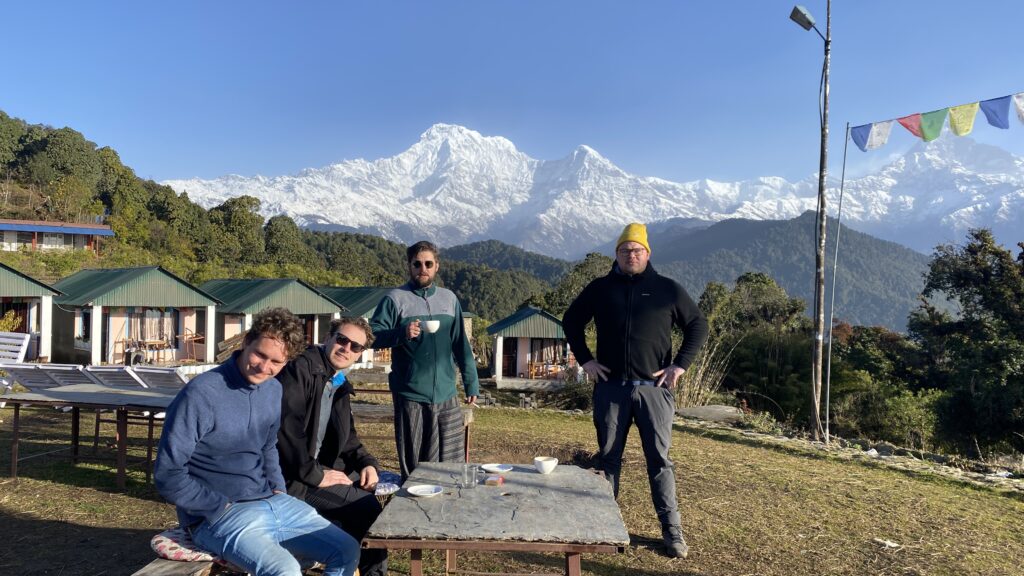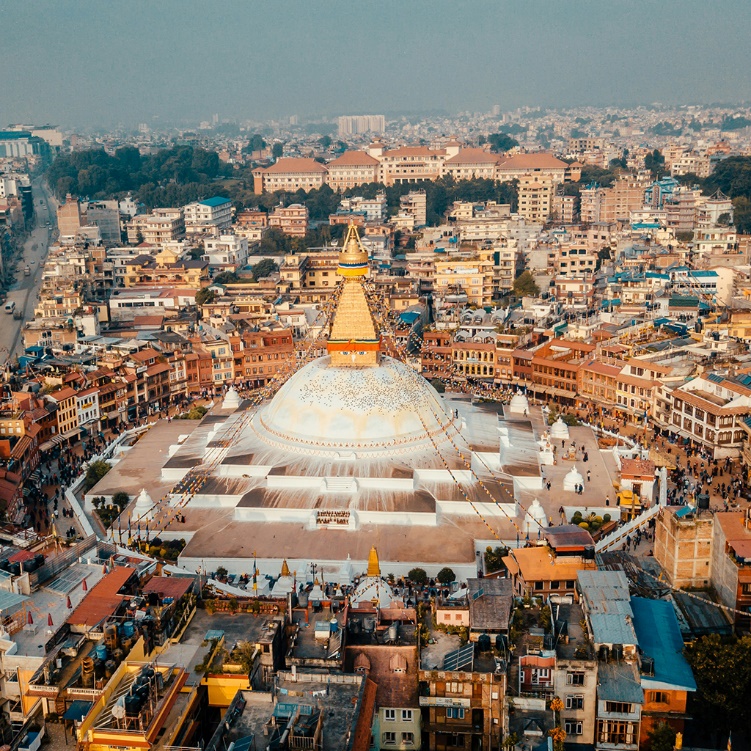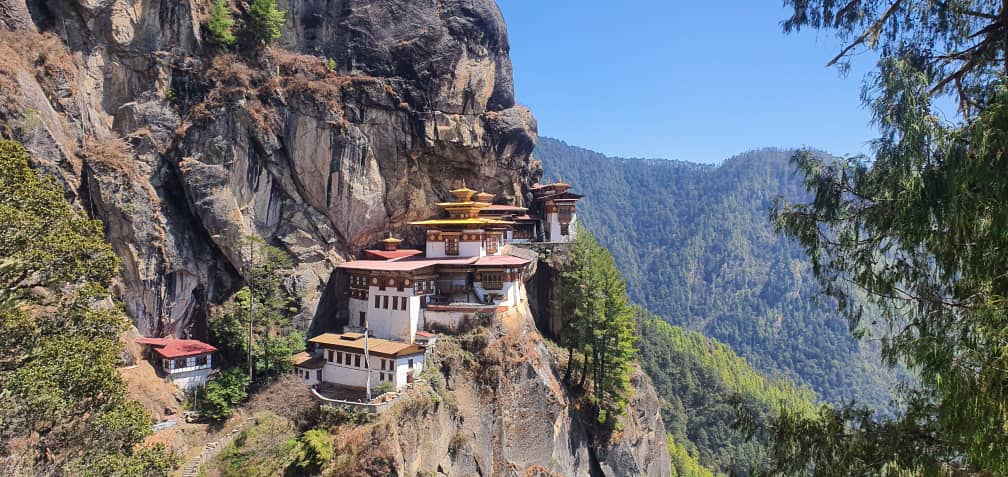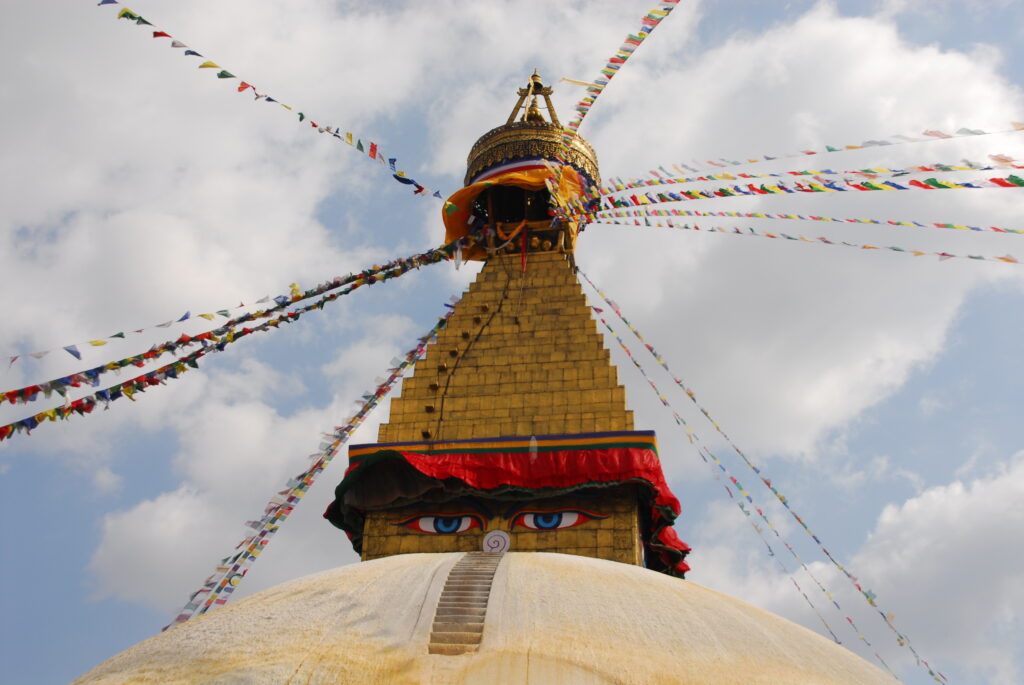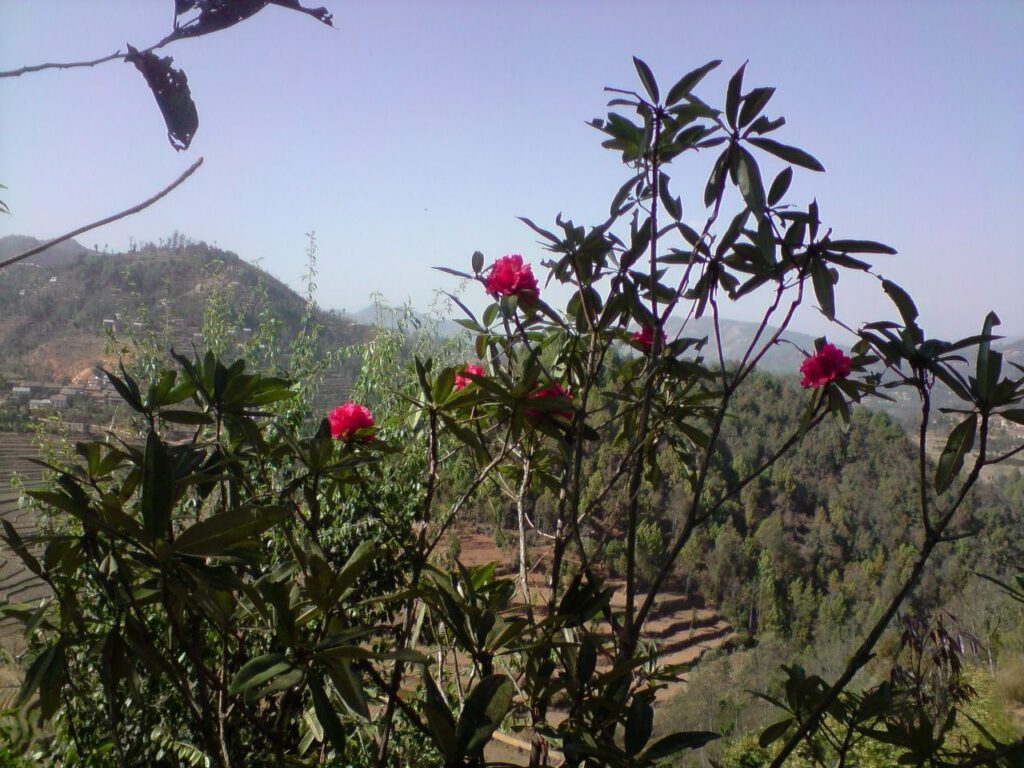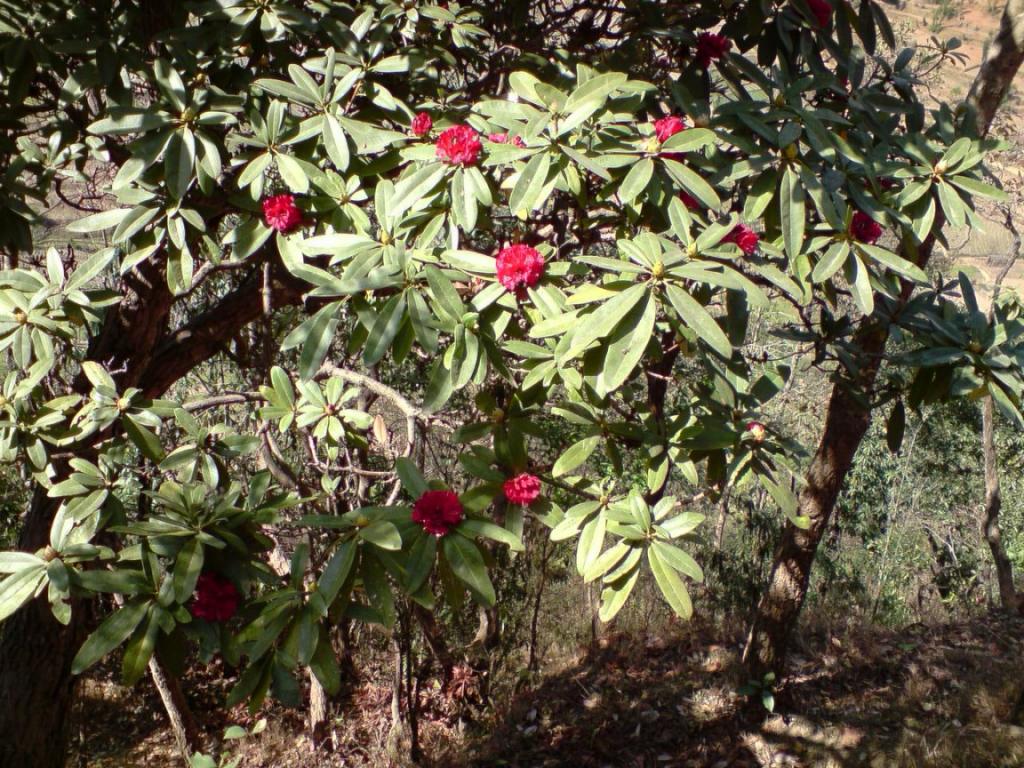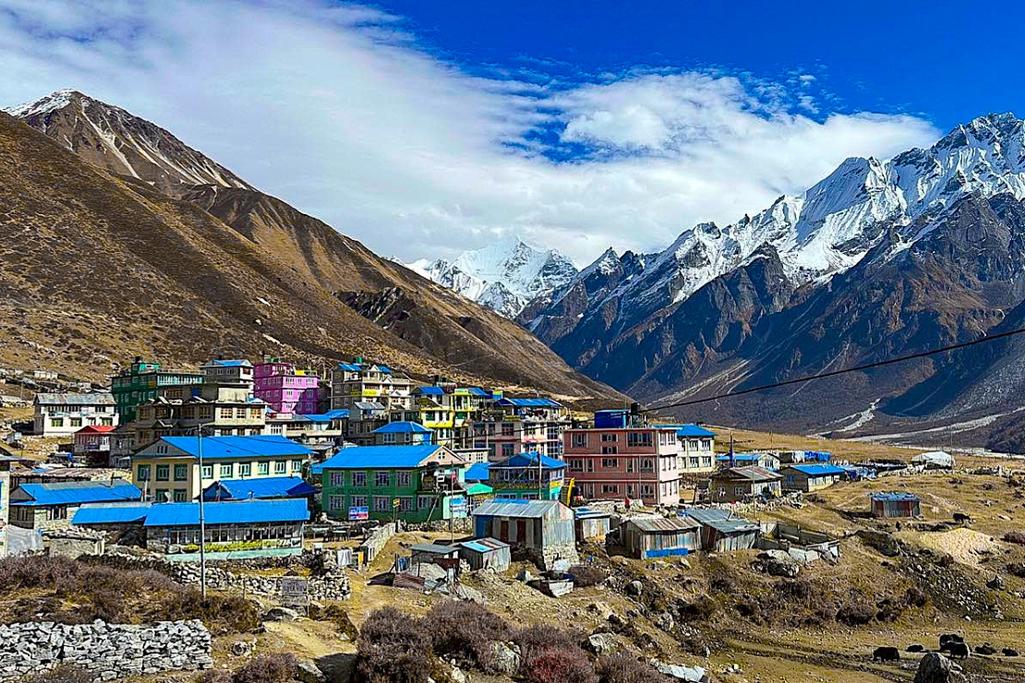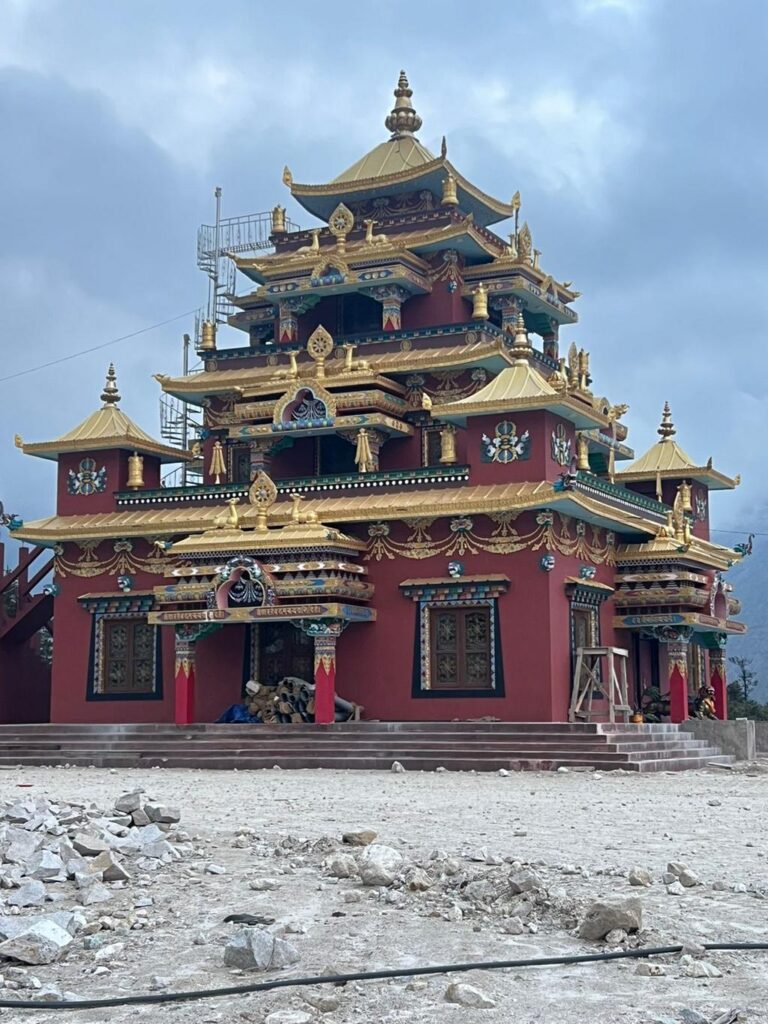Introduction
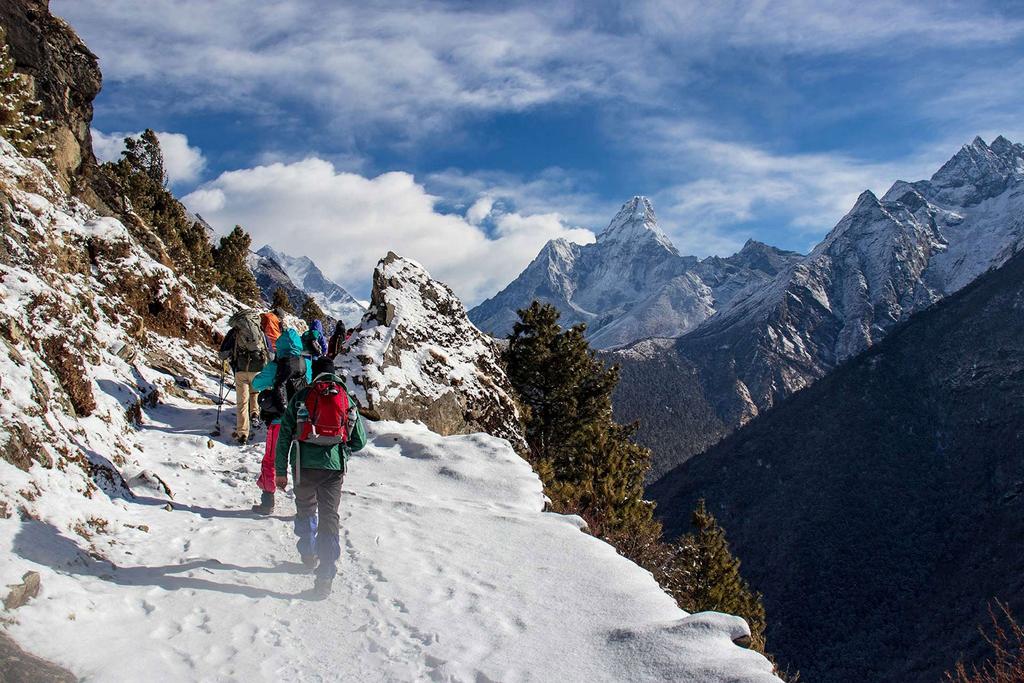
Everest Base Camp (EBC) Trekking is one of the most legendary adventures in the world. Nestled in Nepal’s majestic Himalayas, this trek offers breathtaking views, cultural immersion, and a true adventure for travelers and trekking enthusiasts. Whether you are a first-time trekker or a seasoned hiker, this guide covers everything you need: itinerary, cost, accommodation, guide services, travel tips, and safety advice.
Why Choose Everest Base Camp Trek?
The Everest Base Camp trek is a once-in-a-lifetime experience. Here’s what makes it so special:
- Breathtaking Himalayan Views: Witness iconic peaks such as Mount Everest, Lhotse, and Nuptse.
- Sherpa Culture & Traditions: Explore villages, monasteries, and local markets.
- Adventure & Fitness Challenge: Test your endurance while surrounded by spectacular scenery.
- Photography Opportunities: Capture the Himalayas’ beauty, glaciers, and wildlife.
Best Time to Trek Everest Base Camp
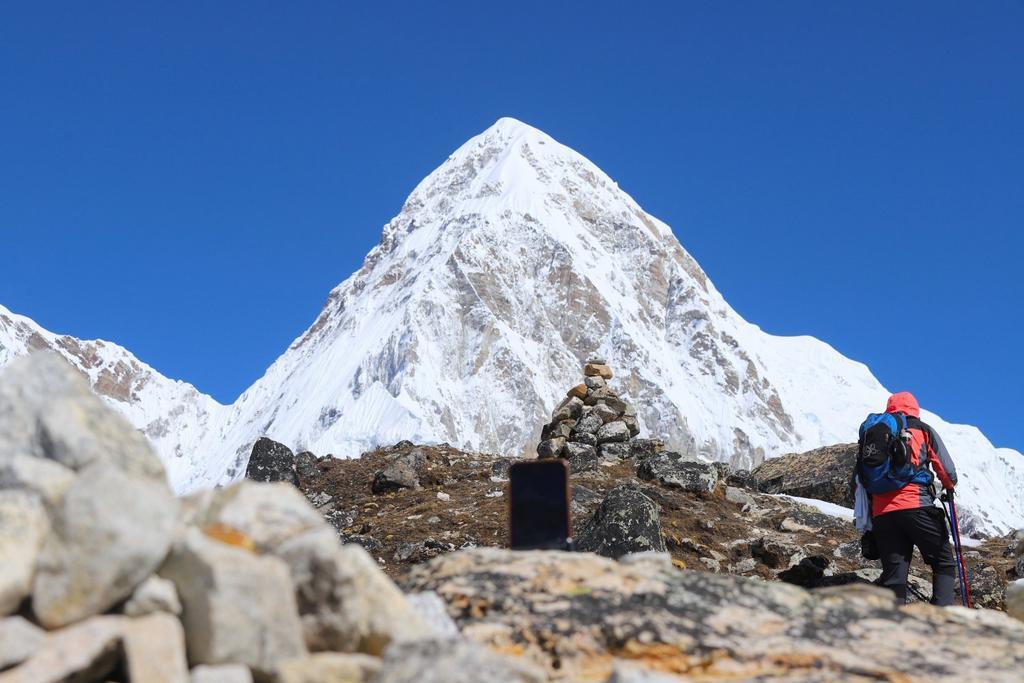
Choosing the right season ensures clear skies, safer trails, and memorable experiences:
- Spring (March – May): Blooming rhododendrons, moderate temperatures, clear views.
- Autumn (September – November): Ideal weather, dry trails, peak trekking season.
- Winter (December – February): Cold temperatures, fewer tourists, unique snow landscapes.
- Monsoon (June – August): Slippery trails and heavy rainfall; generally avoided.
Everest Base Camp Trek Itinerary
Duration: 12–16 days (flexible based on pace and acclimatization)
Day 1: Arrival in Kathmandu – Trek preparation
Day 2: Fly to Lukla – Trek to Phakding
Day 3: Phakding to Namche Bazaar
Day 4: Acclimatization at Namche Bazaar
Day 5: Namche Bazaar to Tengboche
Day 6: Tengboche to Dingboche
Day 7: Acclimatization at Dingboche
Day 8: Dingboche to Lobuche
Day 9: Lobuche to Everest Base Camp – Gorak Shep
Day 10: Gorak Shep to Kala Patthar (Sunrise) – Return to Pheriche
Day 11–14: Return trek to Lukla
Day 15: Fly back to Kathmandu
Note: Adjust itinerary for fitness level, weather, and altitude acclimatization.
Everest Base Camp Trek Difficulty & Tips
- Difficulty Level: Moderate to strenuous, high-altitude trekking.
- Altitude Sickness: Climb slowly, stay hydrated, and consider medication.
- Fitness Requirement: Cardiovascular endurance, leg strength, mental stamina.
- Packing Essentials: Warm clothing, trekking boots, trekking poles, sleeping bag, first aid kit, water purification tablets.
Accommodation & Tea Houses
- Tea Houses: Available in most villages, offering rooms, food, and basic amenities.
- Hotels in Lukla & Namche Bazaar: Comfortable options for rest before and after trekking.
- Booking Tip: Pre-book during peak season to avoid full occupancy.
Everest Base Camp Trek Cost
- Budget Trek: $1,000 – $1,500 (without guide, local tea houses).
- Guided Trek: $1,500 – $2,500 (includes guide, porter, permits, accommodation).
- Luxury Trek Packages: $3,000+ (private guide, luxury lodges, meals, and transport).
Hiring Guides & Porters
- Guide Benefits: Local knowledge, navigation, cultural insights, emergency support.
- Porter Benefits: Carry heavy gear, maintain trekking pace, assist with logistics.
- Cost: Guide $25–$35/day, Porter $15–$25/day.
Travel Tips & Safety
- Permits Required: TIMS card, Sagarmatha National Park entry permit.
- Health & Fitness: Vaccinations, acclimatization, travel insurance recommended.
- Connectivity: Limited Wi-Fi in villages; mobile network available in select areas.
- Respect Local Culture: Learn basic Nepali greetings and respect monasteries
Everest Base Camp Trek Highlights
- Kala Patthar Sunrise: Panoramic views of Mount Everest.
- Namche Bazaar: Experience Sherpa culture and Himalayan markets.
- Tengboche Monastery: Spiritual experience with mountain backdrop.
- Khumbu Glacier: Dramatic landscapes along the trekking trail.
Everest Base Camp Trek FAQs
1. How long is the Everest Base Camp Trek?
Typically 12–16 days round trip, depending on acclimatization and pace.
2. What is the difficulty level of the trek?
Moderate to strenuous; requires good physical fitness and high-altitude tolerance.
3. Can I do the trek without a guide?
Yes, but hiring a guide ensures safety, navigation, and cultural experience.
4. What is the best time to trek?
Spring (March–May) and Autumn (September–November) are ideal.
5. How much does the trek cost?
$1,000–$2,500 depending on budget, guide services, and accommodation.
6. Do I need special permits?
Yes, TIMS card and Sagarmatha National Park entry permit are mandatory.
7. Is altitude sickness common?
Yes, it’s possible; proper acclimatization and hydration are crucial.
Conclusion
Everest Base Camp Trekking is the ultimate Himalayan adventure, offering spectacular views, cultural immersion, and a personal challenge. With the right preparation, guide support, and understanding of the trek, you can safely experience one of the world’s most iconic treks. Whether for adventure, photography, or spiritual journey, Everest Base Camp promises memories that will last a lifetime.


